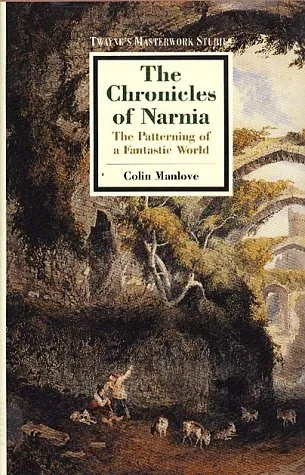The Chronicles of Narnia: The Patterning of a Fantastic World
By (author): "C.S. Lewis, Robert Lecker, Colin Nicholas Manlove, Colin Manlove"
ISBN0805788018
ISBN139780805788013
AsinThe Chronicles of Narnia: The Patterning of a Fantastic World
Original titleThe Chronicles of Narnia: The Patterning of a Fantastic World (Twayne's Masterwork Studies, No. 127)
The well-known and well-loved books that make up C.S. Lewis's "Chronicles of Narnia" have long held a prominent place on many a child's (and adult's) bookshelf. Since their publication in the 195Os, the books' depiction of the fantasy land of Narnia has inspired the wonder, delight, and imaginations of children around the world. More than just fairy tales, the stories show readers that all is not as it seems, that perseverance can bring forth great rewards, and that growth is a continual and unpredictable process. Most important, arguably, is the ongoing struggle between good and evil depicted in the "Chronicles." These themes are displayed amid the experiences of several children, particularly Lucy, Edmund, Susan, and Peter Pevensie. Beginning with the first book of the series, The Lion, the Witch and the Wardrobe (1950), we follow the children as they magically enter the kingdom of Narnia for the first of many adventures there, including their meeting the memorable lion, Aslan. In the sequel, Prince Caspian, they help the prince and his army of Talking Beasts conquer the usurping Telemarines; the following novel, The Voyage of the "Dawn Treader," continues Caspian's story by recounting his voyage to the End of the World. The fourth book, The Silver Chair, returns to the theme of an evil witch, first explored in The Lion, while The Horse and His Boy details Narnia's near-invasion by the Calormenes. The Magician's Nephew accounts for the creation of Narnia, and the seventh tale, The Last Battle (1956), tells of Narnia's final days. Colin Manlove has carefully studied the tales and shows that they are patterned narratives with many complex, intertwined threads. He relates these narratives to Lewis's views on stories, and also sets Lewis's books in their literary context, both juvenile and adult. After a discussion of the critical receptions of the tales, Manlove supplies a full chapter on each book for in-depth analysis. Questions that may occur fleetingly to th
